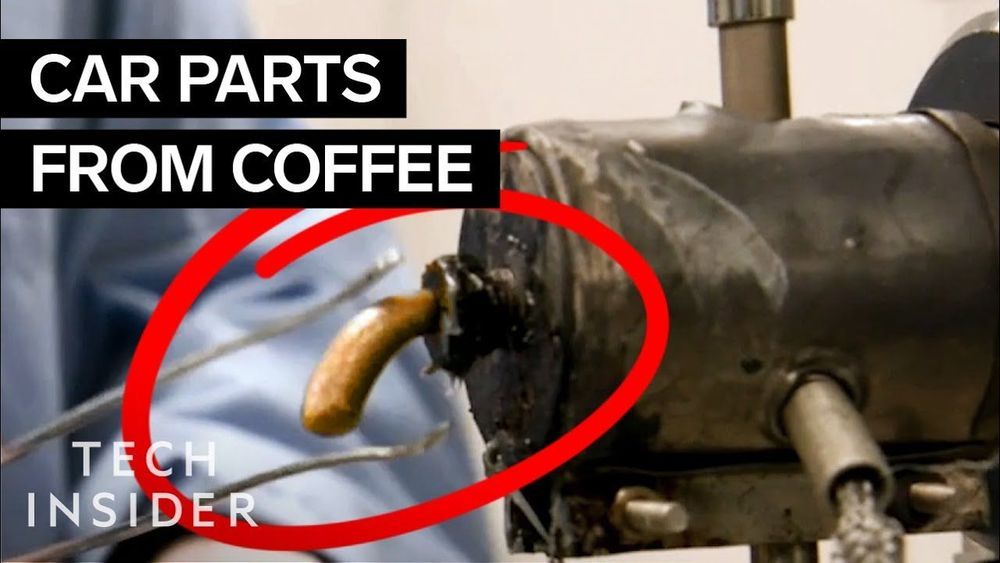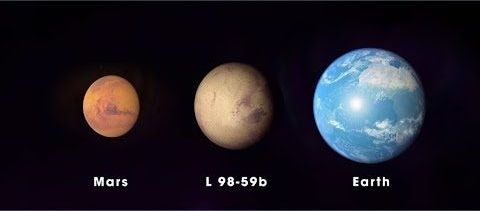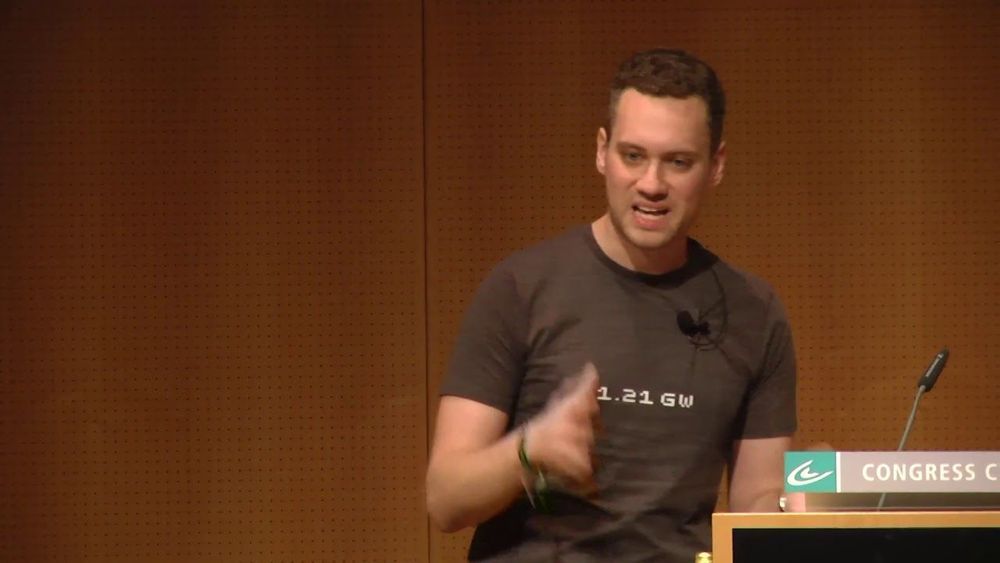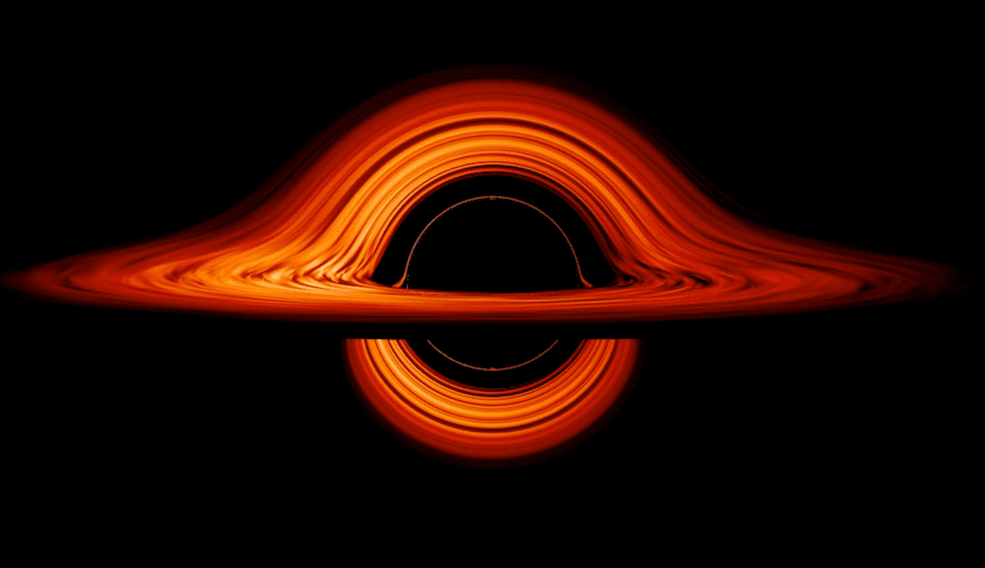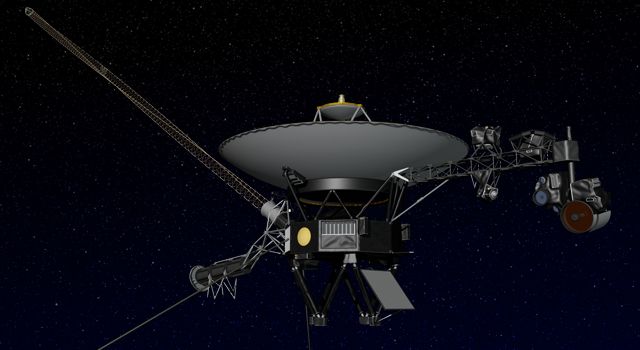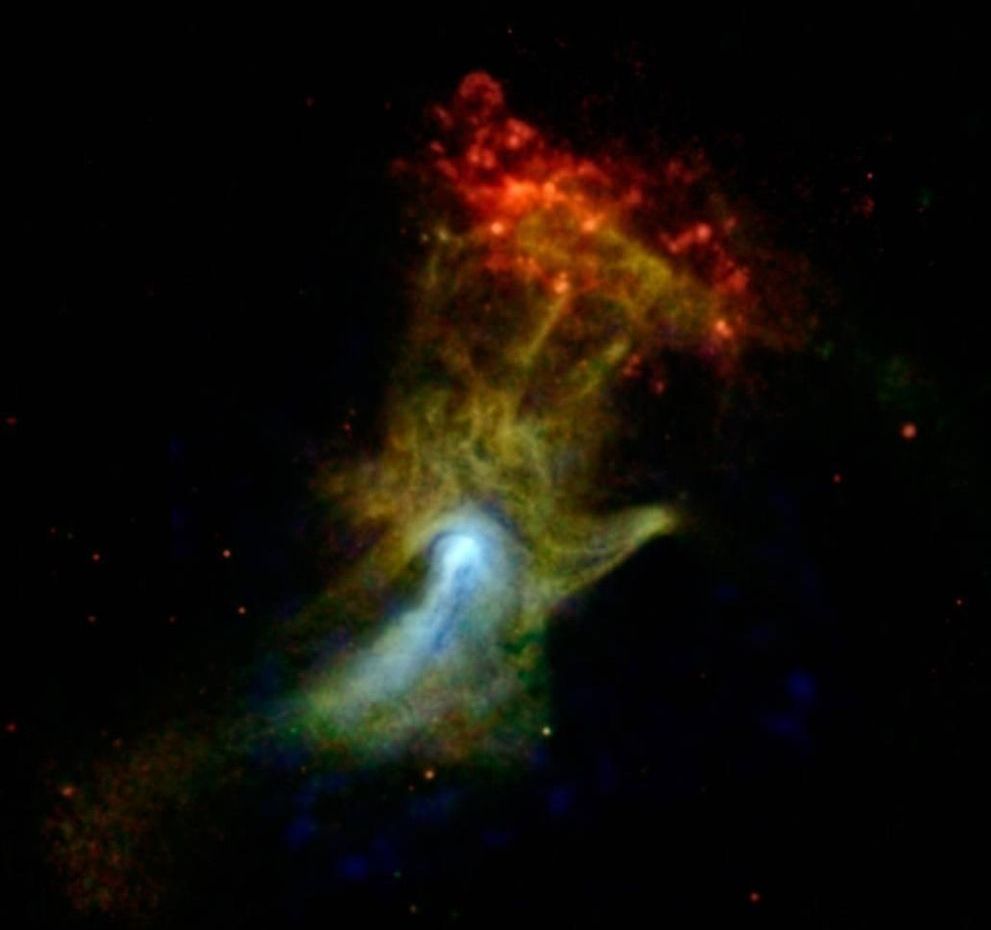
Science cannot prove the existence of God, but it cannot disprove God either; it can only disprove the notion of a specific, poorly conceived God. If you claim that your God lives in the clouds, you can disprove that God by simply observing the clouds. If you claim that God lives in our Universe, you can disprove that God by observing the entire Universe. But if your God exists in an extra dimension, before cosmic inflation, or outside of space and time altogether, neither proof nor disproof is possible.
In a fundamental way, it is purely a matter of what your faith is. All we can control, at the end of the day, is how we treat one another. Do we welcome those who believe different things than we do into our hearts, communities, and lives? Or do we shun, exclude, and “other” them?
Regardless of what you believe, I have the same advice for you: choose kindness. It costs nothing, while benefitting the giver, the recipient, and those who simply witness it. Whether you say that God made us or not, I would say the same thing: the wonders and joys of science and the Universe are for you, exactly as you are, too.
